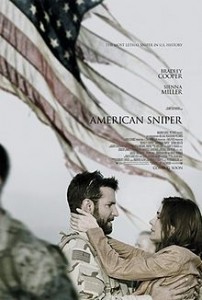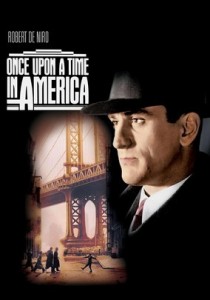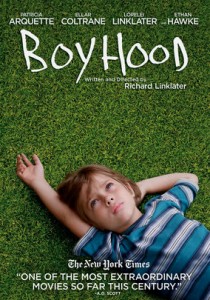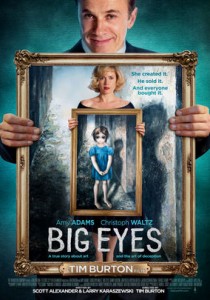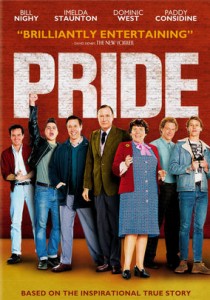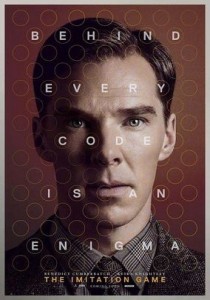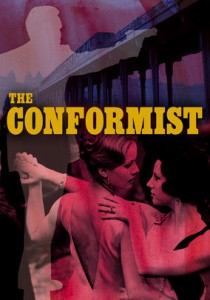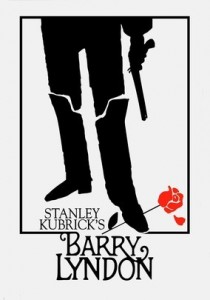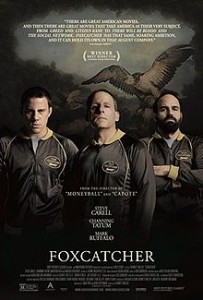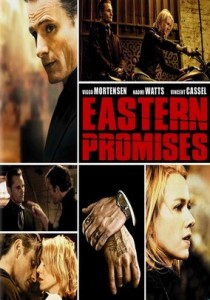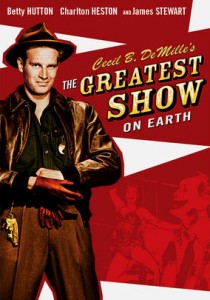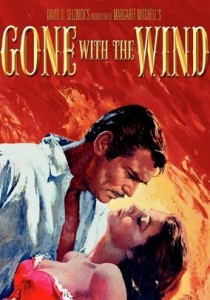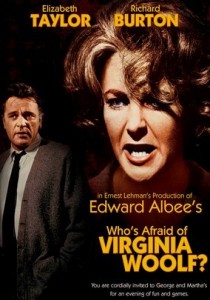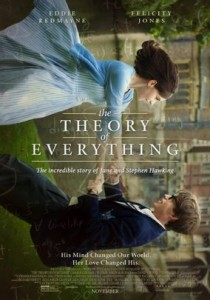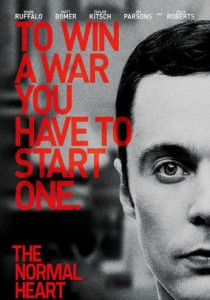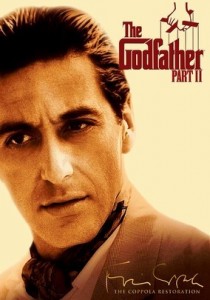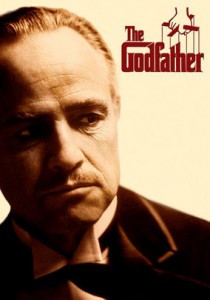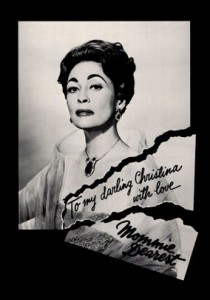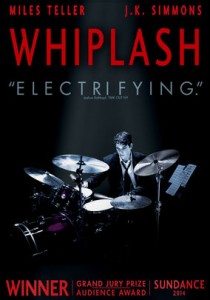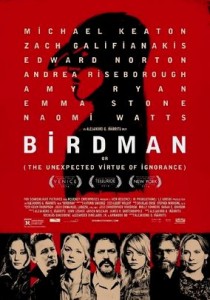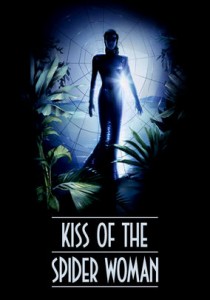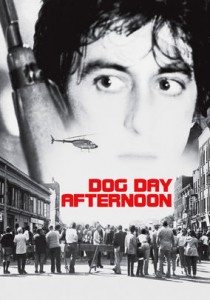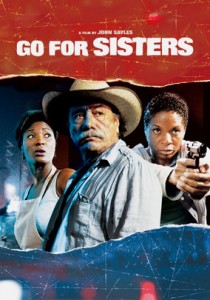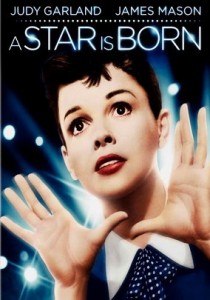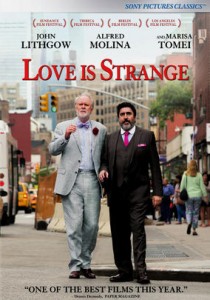American Sniper-2014
Director-Clint Eastwood
Starring-Bradley Cooper, Sienna Miller
Scott’s Review #223
Reviewed February 22, 2015
Grade: A-
American Sniper, directed by Clint Eastwood, is a war film that is told from the viewpoint of the soldier- or in this case a sniper.
A character study if you will.
Starring Bradley Cooper as Chris Kyle, deemed the deadliest marksman in U.S. military history, he has 255 kills to his name. The film begins pre-9/11 as Kyle views coverage from the 1998 U.S. Embassy attacks and enlists in a grueling training program to become a Navy Seal sniper.
Flashbacks reveal Kyle as a child being taught to hunt deer and shoot a rifle by his demanding father. He is eventually sent to Iraq following the 9/11 terror attacks and the film continues to showcase Kyle’s military career and multiple tours of duty ending years later. His loyal wife Taya is played by Sienna Miller.
I am personally not sure the bevy of controversy that American Sniper has stirred is entirely warranted- I looked at the film simply as a very good mainstream, action movie. Yes, it does have the overdone Americana machismo and Texas swagger, but it is an Eastwood film! This masculinity is at the heart of many of his films.
I do not view the film as politically charged.
The film leans neither Republican nor Democratic and seems to take a middle-of-the-road viewpoint.
It is a tale of a war hero, but it questions the wars fought and the casualties involved both American and otherwise. Sure, Kyle is a good ole, red-blooded American, but as he and Taya watch the 9/11 attacks on television, they are watching CNN, not Fox News. His close military buddy asks “why are we here?” referring to Afghanistan- there is a clear inference by Eastwood to question what this is all about.
I hope audiences keep this in mind.
One concern I do face as I ponder the film is whether American Sniper will send some audience members back to a time when the world was fearful of Muslims and at risk by the recent ISIS terror situations, I hope that people are smart enough to realize that NOT all Muslims are terrorists- it is only a minuscule portion that is evilly inspired.
Certainly, the major terrorist in American Sniper, known simply as The Butcher, is despicable, but plenty of other Muslims are innocent and victims of The Butcher’s brutality.
I love how the film has depth to it- Cooper is resilient as the troubled sniper. He is portrayed as human- a nice, all-American guy. He wrestles with the choice of shooting a woman and a young boy died at the risk of them carrying a bomb and killing members of his squad- he does not want to kill them, but rather is excellent at his job.
He is a perfect shot.
In the heat of the moment, under extreme pressure, he must ask himself, “should I pull the trigger and end their lives”? “what if they are innocent pedestrians?”. He becomes, in a sense, addicted to his duty of going overseas to Iraq and Afghanistan and justifies his service as “protecting Americans”.
This leads to his personal life being affected as Taya becomes frustrated with his frequent tours of duty, which he readily chooses to do. He suffers from Post-Traumatic Stress disorder but refuses to acknowledge this fact. He almost kills the family dog in a fit of uncontrolled rage; he temporarily confuses sounds from an auto shop as military warfare.
My admiration for the acting ability of Bradley Cooper increases with each role I see him in he is a marvel. From recent dynamic performances in American Hustle and The Place Beyond the Pines to this role, I am convinced he can play any part successfully and convincingly.
He has sure come a long way from The Hangover films.
American Sniper is an enormously creative and commercial success and deserves to be. Layered, character-driven, it is worlds above the typical male-driven action film.
Oscar Nominations: Best Picture, Best Actor-Bradley Cooper, Best Adapted Screenplay, Best Sound Editing (won), Best Sound Mixing, Best Film Editing
